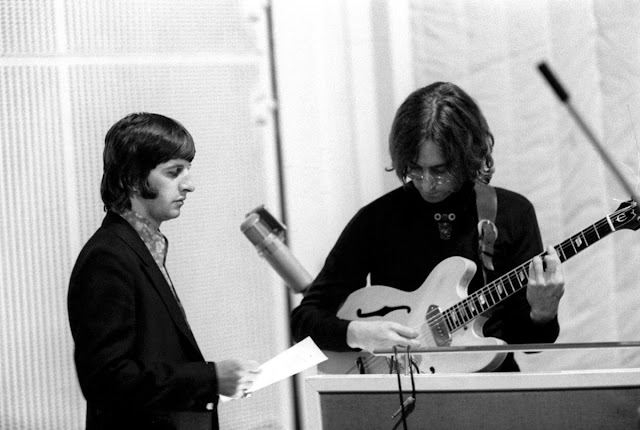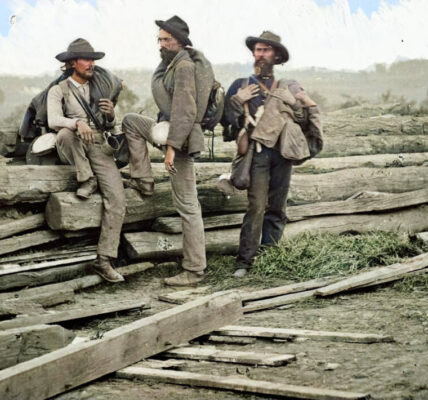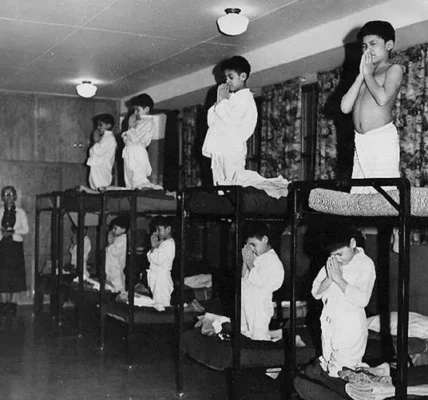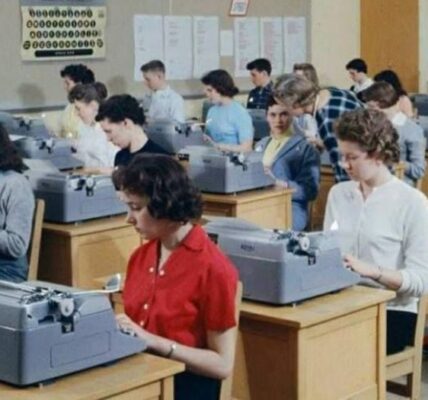40 Photographs Capture the Beatles During the Recording Sessions for the “White Album” in 1968.H
The Beatles, also referred to colloquially as the White Album, is the ninth studio album and only double album by the Beatles, released on November 22, 1968. Featuring a plain white sleeve, the cover contains no graphics or text other than the band’s name embossed. The Beatles is recognized for its fragmentary style and diverse range of genres, including folk, country rock, British blues, ska, music hall, proto-metal and the avant-garde. It has since been viewed by some critics as a postmodern work, as well as one of the greatest albums of all time. The album was the band’s first LP release on their then-recently founded Apple Records after previous albums were released on Parlophone in the United Kingdom and Capitol Records in the United States.
In late May 1968, the Beatles returned to EMI Studios in London to commence recording sessions that lasted until mid-October. During these sessions, arguments broke out among the foursome over creative differences and John Lennon’s new partner, Yoko Ono, whose constant presence subverted the Beatles’ policy of excluding wives and girlfriends from the studio. After a series of problems, including producer George Martin taking an unannounced holiday and engineer Geoff Emerick suddenly quitting during a session, Ringo Starr left the band for two weeks in August. The same tensions continued throughout the following year and led to the band’s break-up.
“It’s like if you took each track, it was just me and a backing group, Paul and a backing group, I enjoyed it, but we broke up then…” – John Lennon.
The White Album was recorded between May 30 and October 14, 1968, largely at Abbey Road Studios in London, with some sessions at Trident Studios. Their time in Rishikesh was soon forgotten in the tense atmosphere of the studio, with sessions occurring at irregular hours. The group’s self-belief led to the formation of a new multimedia business corporation, Apple Corps, an enterprise that drained the group financially with a series of unsuccessful projects.
The group block-booked time at Abbey Road through July. The open-ended studio time led to a new way of working out songs. Instead of tightly rehearsing a backing track, as in previous sessions, the group recorded all the rehearsals and jamming, then added overdubs to the best take. The production aesthetic ensured that the album’s sound was scaled down and less reliant on studio innovation than Revolver and Sgt. Pepper. George Harrison’s song “Not Guilty” was left off the album, though 102 takes were recorded.
Only 16 of the album’s 30 tracks feature all four band members performing. Several backing tracks do not feature the full group, and overdubs tended to be performed by the composer of the song. Paul McCartney and John Lennon sometimes recorded simultaneously in different studios with different engineers. George Martin’s influence had gradually waned, and he left abruptly to go on a holiday during the recording sessions, leaving his young protégé Chris Thomas in charge of production.
During the sessions, the band upgraded from 4-track recording to 8-track. As work began, Abbey Road Studios possessed, but had yet to install, an 8-track machine that had supposedly been sitting unused for several months. This was in accordance with EMI’s policy of testing and customizing new gear extensively before putting it into use. The Beatles recorded “Hey Jude” and “Dear Prudence” at Trident because it had an 8-track console. When they learned that EMI also had one, they insisted on using it, and engineers Ken Scott and Dave Harries installed the machine (without studio management authorization) in Abbey Road’s Studio 2.
The band held their first and only 24-hour session at Abbey Road during the final mixing and sequencing for the album. This session was attended by Lennon, McCartney and Martin; Harrison had left on a trip to the US the day before. Unlike most LPs, there was no customary three-second gap between tracks, and the master was edited so that songs segued together, via a straight edit, a crossfade, or an incidental piece of music.











































